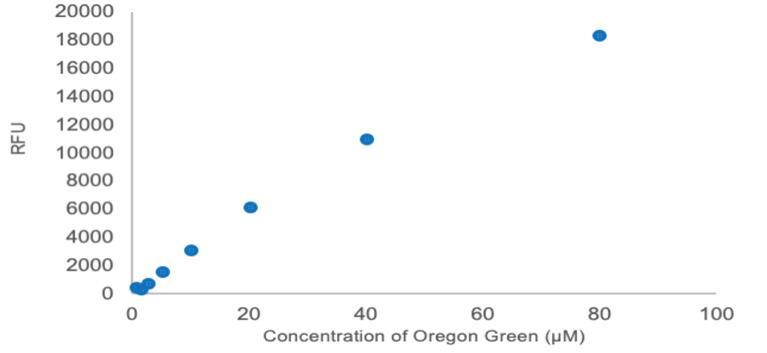
3 minute read
Processing and Visualization of EEG Data Using EEGLAB

Creid Johnson
Faculty Sponsor: Dr. Iordanka Panayotova
Department of Mathematics, Christopher Newport University
Background
❑ What is EEG data?
An EEG is a test that detects electrical activity in the brain using small, metal discs (electrodes) attached to the scalp. The brain cells communicate via electrical impulses and are active all the time, even when the brain sleeps, and their activity shows up as wavy lines on an EEG recording.

Methods and Materials
Project Objectives : The purpose of this project was to demonstrate the advanced processing capabilities of EEGLAB and its applicability to electrical signal processing.
Materials : The EEG data used for this research came from a study of Dr. Rollins (Rollins et. Al. 2020). In this study, the researchers wanted to better understand how social categorization affects face processing. In the experiment, the participants were given images of faces to memorize while completing either an age or sex categorization task. Electrodes were placed on their scalps to record electrical signal activity. A fixation cross was presented in the middle of the screen between face stimuli.
Conclusions
EEGLAB is a MATLAB plug-in and has many signal processing capabilities. EEGLAB can collect and process signal data, develop 2D and 3D simulations of signal activity in the brain, and separate different types of signals. This provides researchers with several different options in modeling, simulating, and presenting signal data.

(EEGLAB, 2016)
❑ Traditional analysis of event-related EEG data


The first approach is in the time-domain, where researchers average a set of data trials or epochs time-locked to some class of events, yielding an ERP waveform at each data channel, which represents an average signal. The second approach is in the frequency-domain, where researchers average changes in the frequency power spectrum of the whole EEG data time locked to the same events, producing a two-dimensional image that is call the event related spectral perturbation. (Makeig et. Al. 2004)
❑ What is EEGLAB and why to use it?
EEGLAB is a MATLAB toolbox made by Arnold Delorme and Scott Makeig. It is used to separate signals from noise, take continuous signals and separate them into components, and plot signal processes. Before EEGLAB was created, researchers were only able to take the average of the ERP waveforms to draw their conclusions. The problem with this is that event-related dynamics aren’t always accounted for in these plots. It ignores ongoing EEG processes that may be partially time and phaselocked by experimental events. An important part of EEGLAB is Independent Component Analysis (ICA decomposition). ICA is used to separate a signal into independent signals. This is very useful in monitoring brain signals for specific regions. These recorded signals are then used to monitor for signal irregularities or potential mental problems.
Methods : EEGLAB was used to process the signal data from the experiment. Data was collected into 64 scalp channels and these figures were created based on averaged event-related potential waveforms. An ICA algorithm was used to separate the signal data. EEGLAB was then able to generate the different signal graphs from the ICA decomposition.
RESULTS/GRAPHS
EEGLAB has an interface for selecting the different signal components. So, researchers do not need experience in programming to get signal processing results. EEGLAB is a powerful tool for signal processing.
ICA decomposition is only available through EEGLAB’s toolbox. ICA is used to separate signals from each other. Often, signals from recorded data have noise or interfering signals in them. In order to get the correct interpretation of the signal data, researchers use ICA decomposition. So, EEGLAB offers advanced signal processing techniques that are freely accessible.
References
1. Makeig, S., Debener, S., Onton, J., Delorme, A. Mining event-related brain dynamics. Trends Cogn Sci 8:204-10, 2004.
2. Rollins, Leslie, et al. “Social Categorization Modules Own-Age Bias in Face Recognition and ERP Correlates of Face Processing.” Neuropsychologica, 2020.
3. “EEGLAB Workshop San Diego 2016: ICA decomposition theory & evaluation.” YouTube, uploaded by Swartz Center for Computational Neuroscience, UCSD, 1 February 2017, https://www.youtube.com/watch?v=EbINZTfN8-I
From Left to Right: Specific Power of Brain Signals through component 1, The Largest ERP Components of the Collected Signals, Scalp Maps for 12 electrodes, Spectral Density for Component 1, Scalp Maps for the First 5 Components, Corresponding Signals to Each Channel
These graphs represent the strengths of the averaged electrical signals within the brain. The color spectrum is used to indicate the distribution of electrical activity across the scalp. This could be very beneficial in monitoring for irregularities in the brain, epileptic seizures, and mental disorders.

Acknowledgments
This project was funded by the Research Apprentice Program of the Office of Undergraduate Research and Creative Activity at Christopher Newport University. The author is thankful to Dr. Rollins for providing the data and constructive comments on the manuscript.








